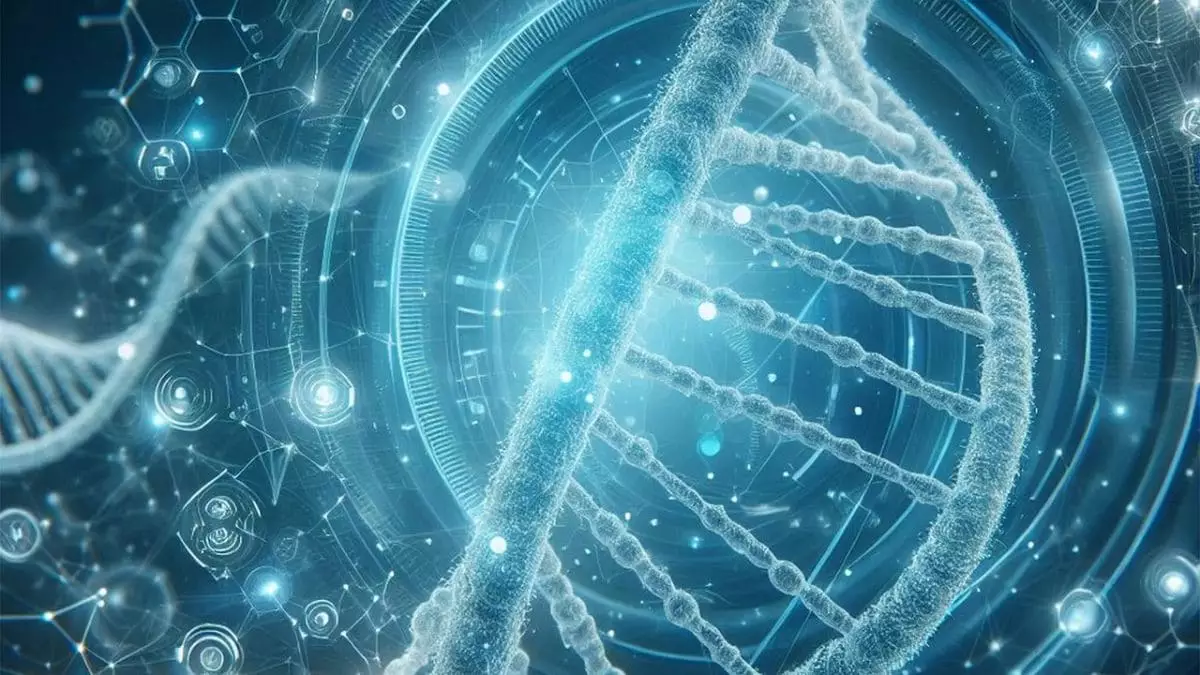The field of biological research has recently been propelled into a new era with the introduction of Evo-2, an innovative artificial intelligence model designed to enhance genetic study and engineering. This model, grounded in an extensive dataset comprising 128,000 genomes from a variety of life forms, represents a significant leap in our ability to manipulate and assess genetic information. By being capable of generating entire chromosomes and small sequences of DNA from the ground up, Evo-2 stands out as a groundbreaking tool for researchers seeking to delve into the complexities of genomes.
Evo-2 is not just an advancement in technology; it offers a transformative potential in interpreting non-coding gene variants that are often overlooked yet crucially associated with various diseases. Such capabilities position Evo-2 as a formidable asset in the ongoing quest to understand genetic mutations and their implications for human health. The model’s ability to provide insights into both coding and non-coding DNA sequences reflects its extensive training, which has utilized an unprecedented 9.3 trillion DNA letters drawn from a diverse array of organisms, including plants, animals, bacteria, and archaea.
The collaborative efforts between the Arc Institute, Stanford University, and NVIDIA culminated in the creation of this model, which is now accessible through easy-to-use web interfaces. This accessibility is vital for researchers who now have direct means to generate and analyze DNA sequences tailored to their specific scientific inquiries. Patrick Hsu, a prominent bioengineer involved in the project, emphasized that Evo-2 was designed as a customizable platform, underscoring its versatility for the scientific community.
Unlike its predecessors that primarily focused on protein sequence analysis, Evo-2 marks a paradigm shift by honing in on genomic data. Its design accounts for the inherent complexities of eukaryotic genomes, which are characterized by interspersed coding and non-coding regions. The model’s sophisticated framework facilitates a deeper understanding of gene activity, paving the way for more effective genome engineering applications.
Evo-2’s high-level performance in predicting the effects of mutations in critical genes, such as BRCA1—which is notably linked to breast cancer—highlights its potential in clinical and therapeutic settings. Additionally, its capacity to unravel the genetic architecture of extinct species, evidenced by its analysis of the woolly mammoth’s genome, showcases its expansive utility in evolutionary biology.
The application of Evo-2 doesn’t stop at genomic analysis; it extends to the design of new DNA sequences, including CRISPR gene editors, as well as bacterial and viral genomes. Previous iterations of the model had difficulty producing complete genomes, yet Evo-2 exhibits marked improvements, generating more biologically plausible sequences that promise to enhance the practical utility of AI in genomic research.
Despite these advancements, experts like Brian Hie stress that further refinements remain crucial before these AI-generated sequences achieve functionality in actual living cells. Scientists are optimistic that Evo-2 could significantly influence the design of regulatory DNA sequences that govern gene expression, an area of crucial importance in the field of synthetic biology.
As research laboratories begin to test Evo-2’s predictions on factors such as chromatin accessibility—an essential aspect of cellular identity in multicellular organisms—the potential for practical applications continues to expand. Experts like Yunha Wang posit that the model’s insights from bacterial and archaeal genomes may soon lead to innovative developments in human protein design.
The overarching goal for the team behind Evo-2 is to transcend the traditional boundaries of protein design and fully embrace the realm of genome engineering. As laboratory validations and ongoing adjustments occur, it becomes increasingly clear that Evo-2 could serve as a cornerstone in the evolution of synthetic biology and precision medicine. As more researchers engage with this powerful tool and refine its capabilities, its role in decoding genetic regulation and creating functional DNA sequences is expected to grow—offering promising avenues for future discoveries in the intricate world of genetics.



Leave a Reply